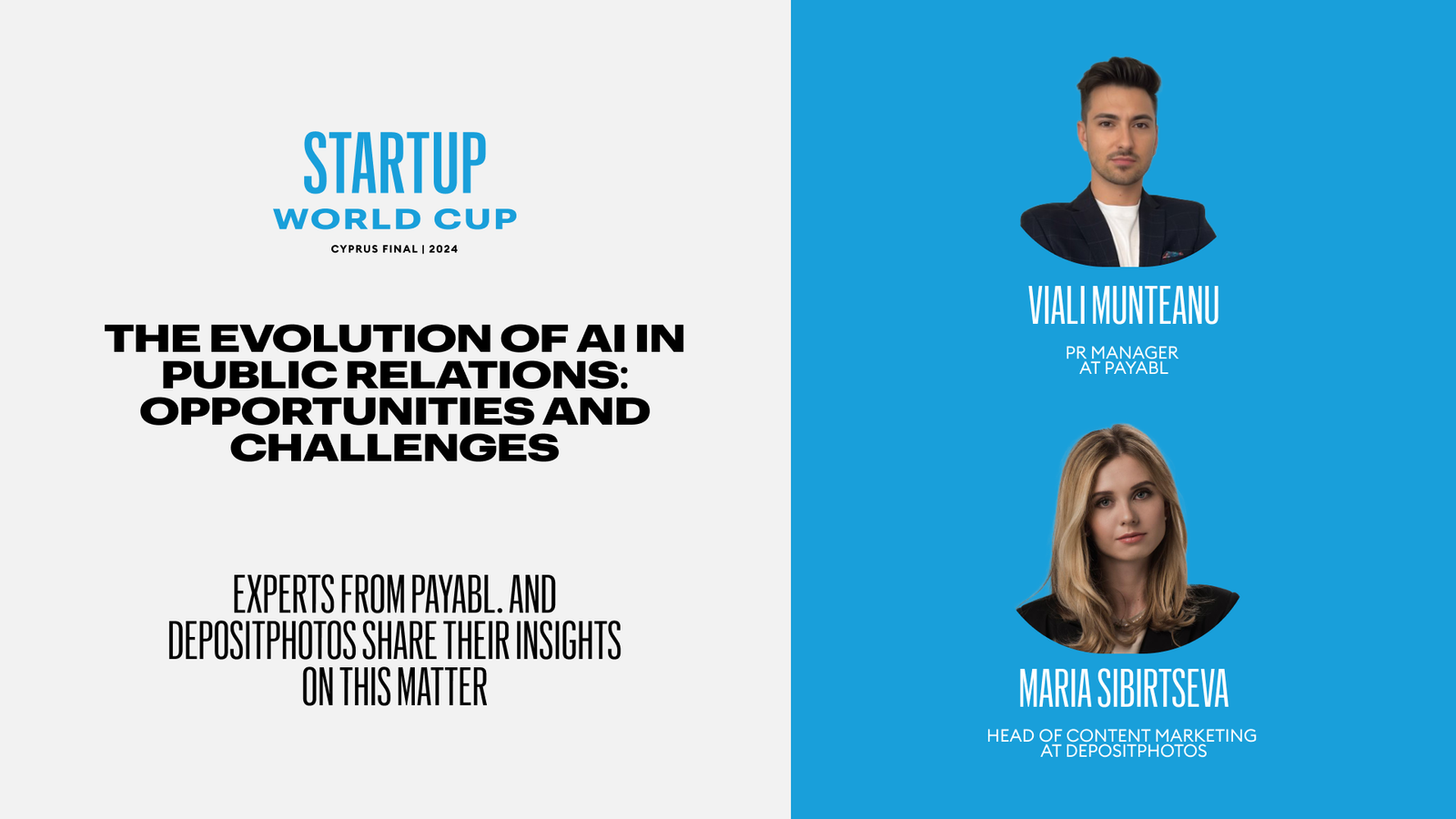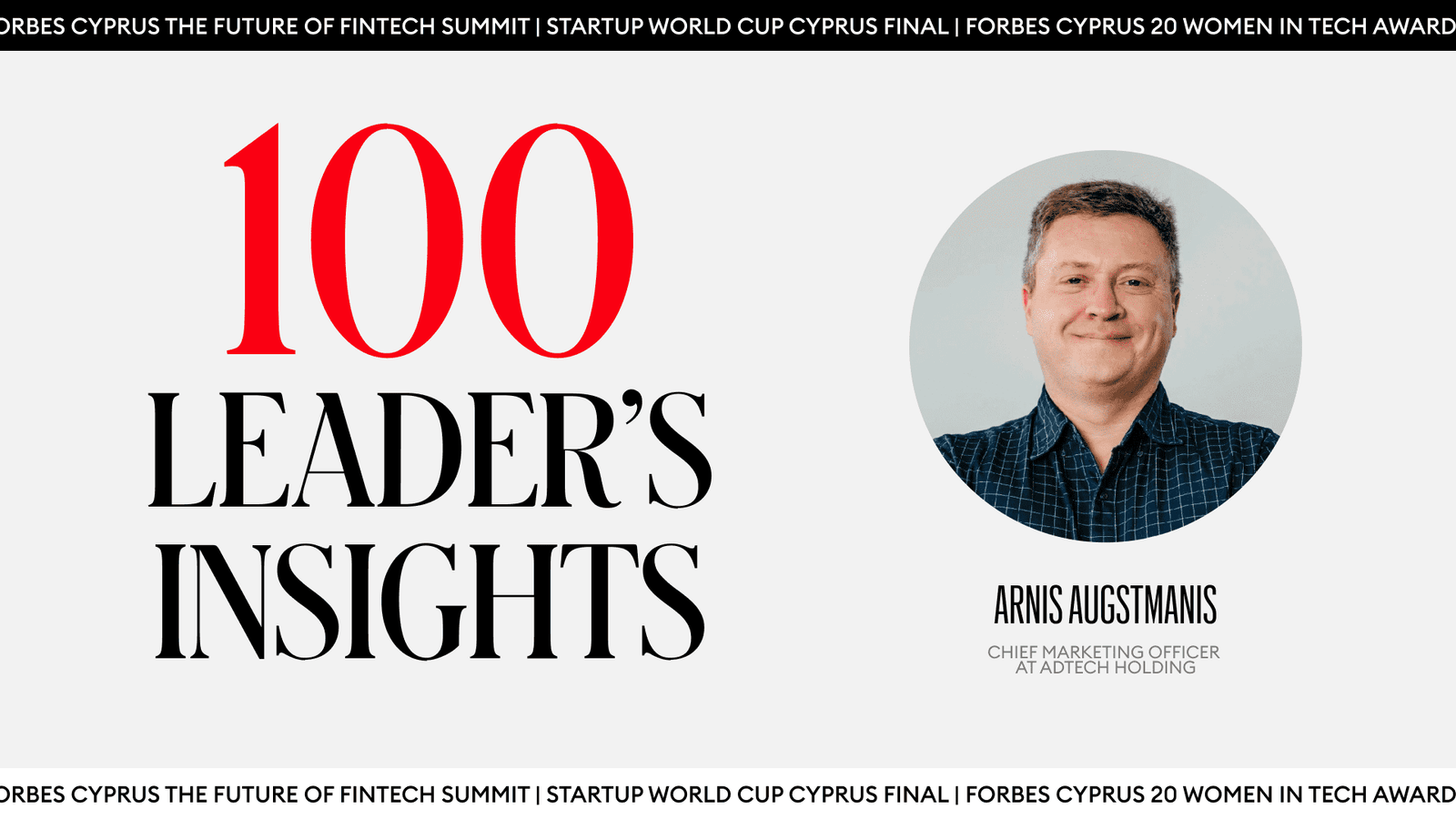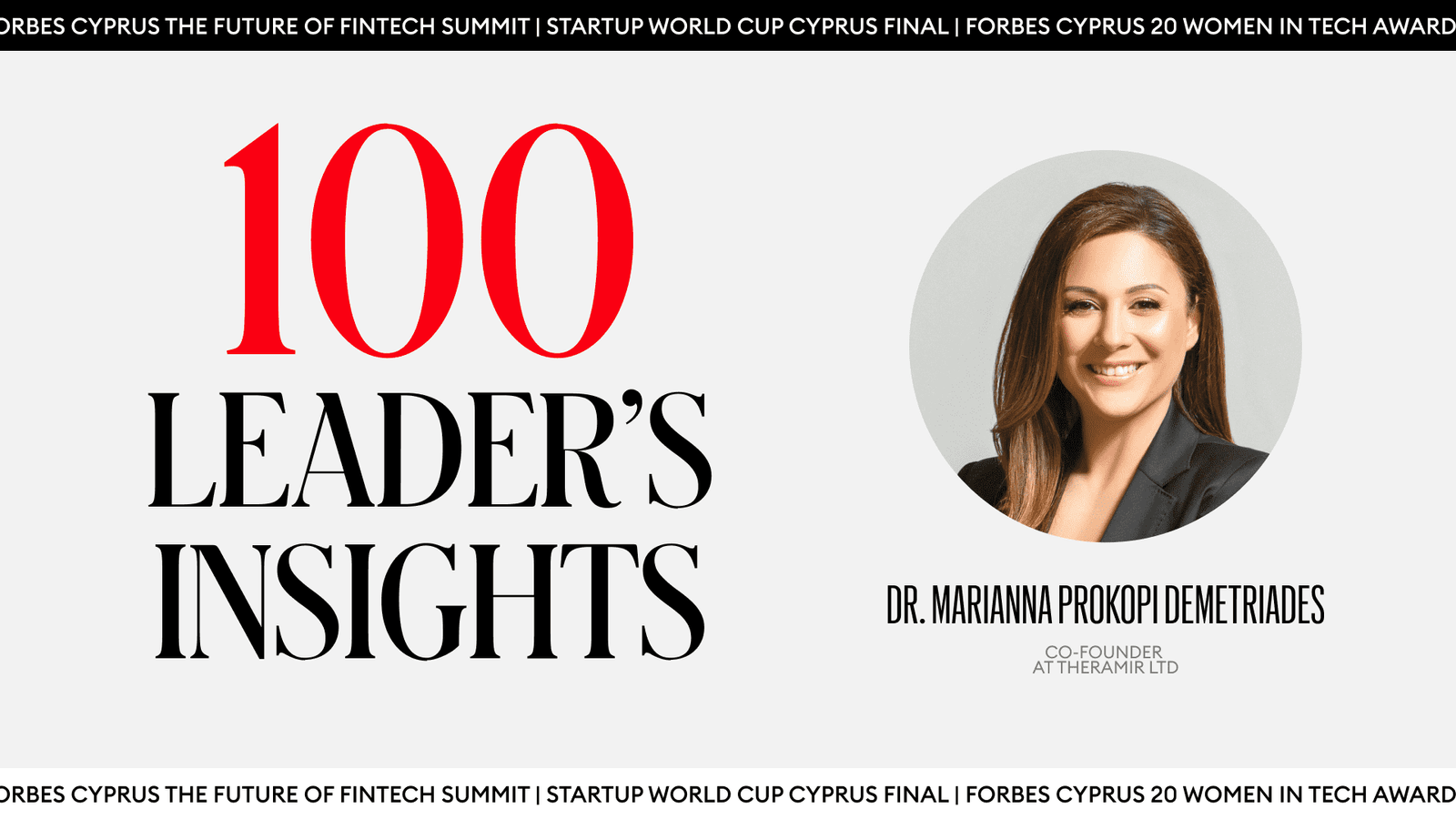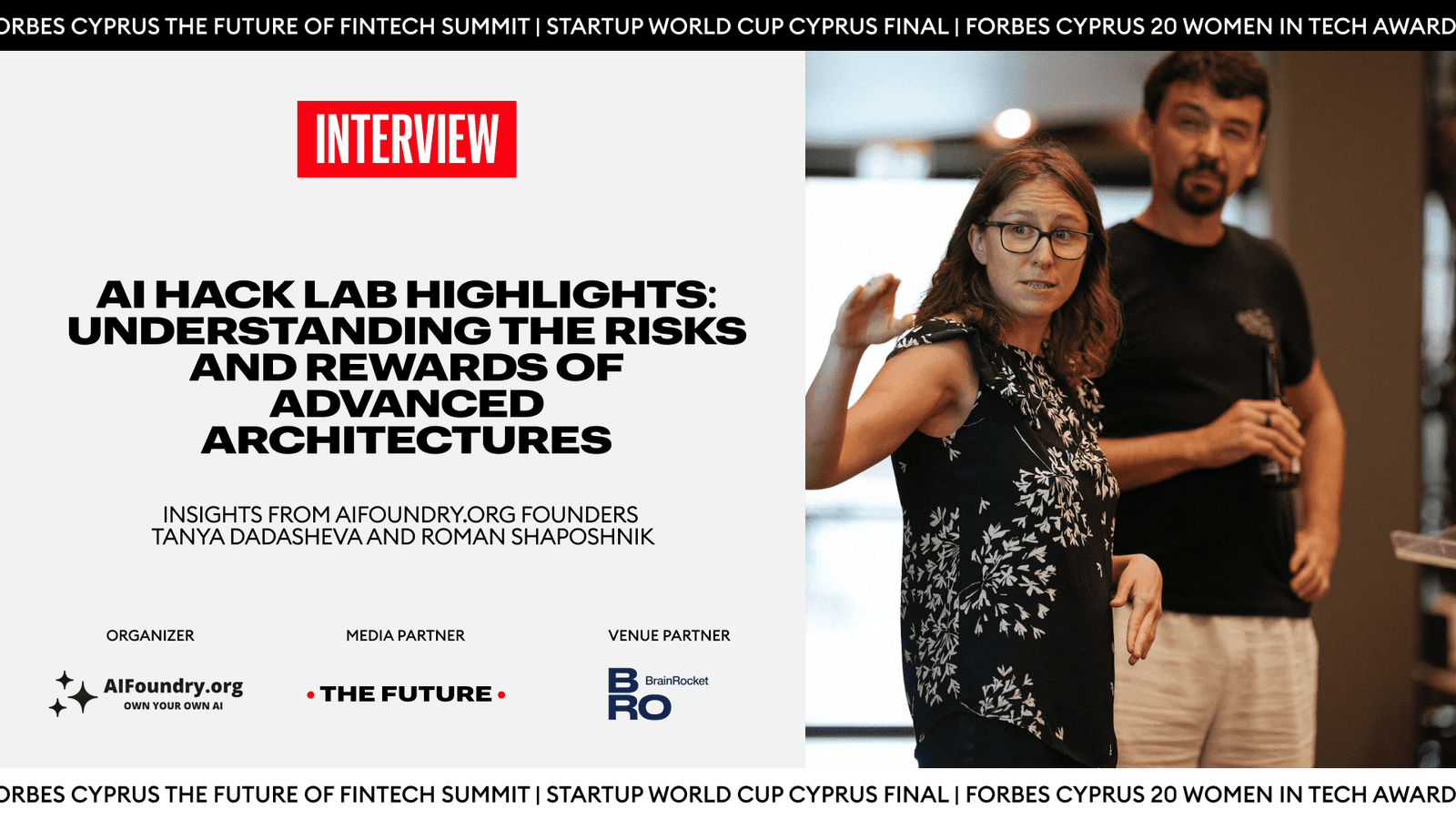Public relations is a field not for everyone, but as technology evolves, we can communicate better and more directly to reach our goals. However, with the latest developments in Artificial Intelligence (AI) and integration, new opportunities and challenges have emerged for the communication industry navigating the transformative landscape with a keen eye on the future.
On this debatable topic, Viali Munteanu, PR Manager at Payabl, as well Maria Sibirtseva, Head of Content Marketing at Depositphotos, both industry experts, share their perspectives on the current and future implications of AI in the PR sector.
Automating Mundane Tasks and Sifting Through Data
According to Munteanu, one of the most valuable aspects of AI in PR right now is its ability to streamline and automate repetitive tasks.
“Just like any other industry, the two most valuable aspects of AI in PR right now are sifting through large amounts of data, which would take a human team a long time to do, and automating repetitive tasks,” he explains. These mundane yet essential activities can be efficiently handled by AI, freeing up PR professionals to focus on more strategic and creative aspects of their work.
The Emergence of Generative AI and Concerns
The advent of advanced language models, such as ChatGPT, has sparked concerns about the potential impact of generative AI on the PR and journalism industries.
Munteanu acknowledges these concerns, stating, “Since ChatGPT, people have been sounding alarm bells about how gen AI spells the death of PR and journalism or at least human content creation.”
Embracing AI as an Opportunity
However, Munteanu emphasizes that ignoring the potential of AI would be a mistake. “Going forward without evaluating how to incorporate gen AI into PR workflows is irresponsible, akin to an ostrich striking its head in the sand,” he asserts.
Instead, he suggests that the industry should proactively explore ways to integrate AI into its processes, recognizing an opportunity for transformation rather than a threat.
The Evolving Role of Humans in PR
Munteanu highlights the unique strengths that human PR professionals bring to the table, particularly in terms of emotional connection and creative expression. “Humans create content for humans, which means we’re using language to trigger emotions in our target audience. We bring design to make content even more appealing,” he explains.
While AI may excel at generating factual content, Munteanu believes that the human touch will remain essential in crafting compelling narratives and connecting with audiences on a deeper level.
The Future of AI-Driven PR
Looking ahead, Munteanu envisions a future where AI-driven PR may shift its focus from human consumption to optimizing communications for algorithms. “In the long term, we should expect AI to write for AI, optimizing communications for algorithms rather than human consumption,” he suggests. This transition could have significant implications for marketing strategies, channel selection, and content optimization.
The Transformation of the PR Industry
While Munteanu acknowledges the potential for AI to replace certain jobs in the PR industry, he emphasizes that this does not necessarily mean the end of the profession. “Will AI replace people’s jobs? Most probably, AI could replace as many as 85 million jobs worldwide by 2025, according to a 2020 World Economic Forum report. But looking at the bigger picture, this doesn’t mean the end of the PR industry, but more its transformation,” he explains.
As the PR industry continues to evolve, Munteanu’s insights highlight the importance of embracing AI as a tool for enhancing efficiency and productivity. He also recognizes the enduring value of human creativity, emotional connection, and strategic thinking in the field of public relations.
Maintaining Trust in the Age of Synthetic Content
The rapid development of AI technology has dramatically disrupted the creative industry, presenting both opportunities and challenges for public relations professionals.
According to Maria Sibirtseva, Head of Content Marketing at Depositphotos, the proliferation of deepfakes has led to a significant increase in the level of audience distrust in media and governmental institutions, reaching 76% according to the Edelman Trust Barometer.
“Businesses remained the only trusted institution,” Sibirtseva explains to The Future. “However, they were challenged to maintain consistency and high-quality communication, which generative tools taught on open-source data could not provide.”
The viral spread of synthetic content, such as images of Pope Francis in a Balenciaga puff coat or the Pentagon exploding, has highlighted the importance of ethical and professional practices in journalism and public relations. Professionals who value their reputations have been cautious in adopting AI tools that could jeopardize brand trust and their careers.
A New Era of Ethical Content Creation
In response to the challenges faced by content creators, major stock photography platforms like Depositphotos have begun to develop their own generative AI tools. These tools aim to provide writers, designers, photographers, and PR professionals with a solution that ensures the content they generate is licensed, ethical, and unbiased.
“Until the legislation for generative AI tools is introduced, this seems like a perfect solution for communication industry professionals who aim to save time searching for the right content and ensure the images they share are ethical, unbiased, licensed, and on-point,” Sibirtseva says.
The Importance of Ethical AI Adoption
As the public relations industry navigates the evolving landscape of AI-powered content creation, the need for ethical and responsible practices has become paramount. Professionals must carefully evaluate the tools they use, ensuring they align with their brand’s values and maintain the trust of their audiences.
“Maintaining that trust is crucial, and it requires a thoughtful and strategic approach to the integration of AI technology.” By embracing ethical AI solutions and upholding the highest standards of professionalism, public relations practitioners can position themselves as leaders in the industry, driving innovation while preserving the integrity of their craft.






